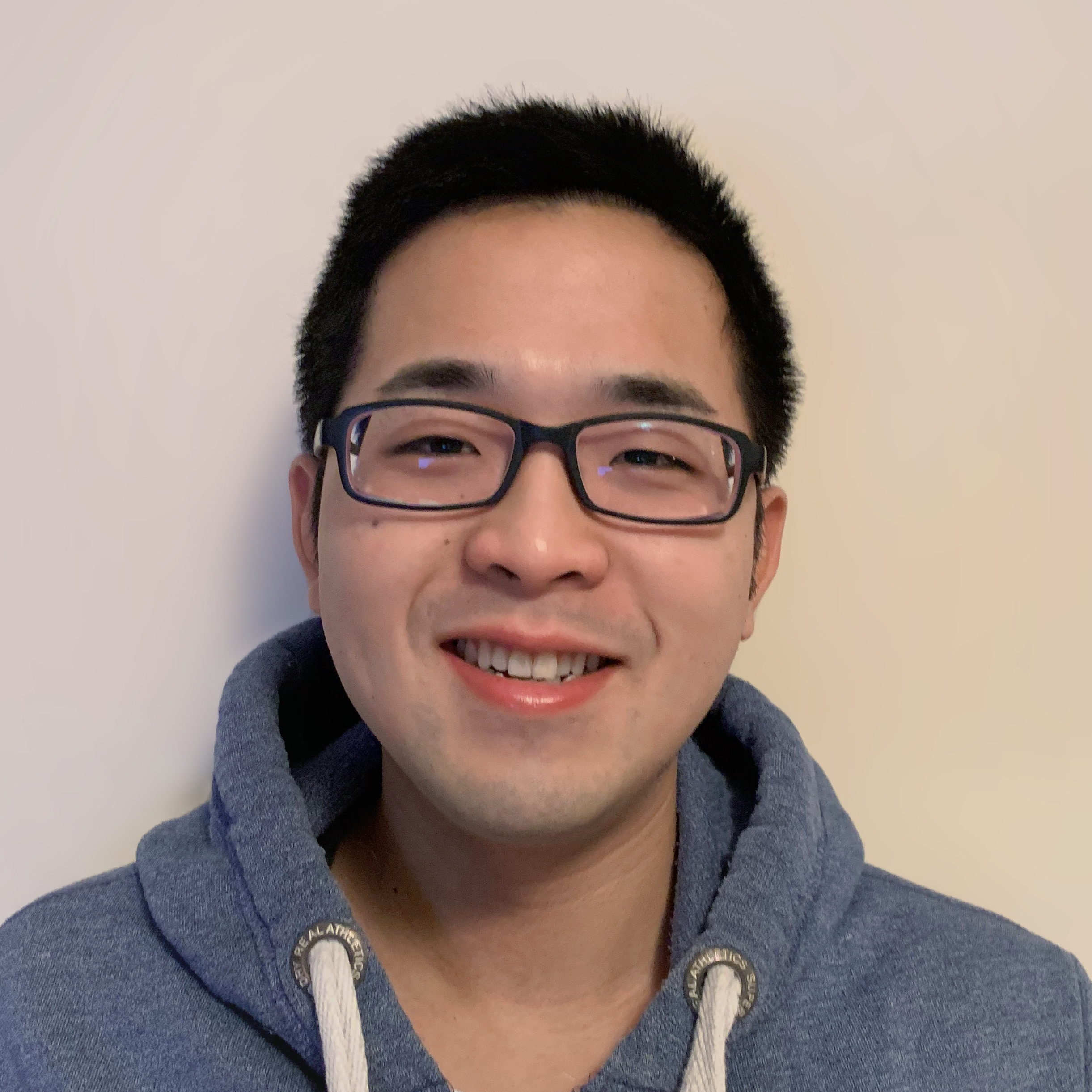|
I am currently an academic faculty at the School of Integrated Circuits, Southeast University, Nanjing, China. I am broadly interested in the architecture, micro-architecture, and design automation for ermerging computing systems, with a particular focus on improving their instruction-level parallelism, memory-level parallelism, safety, security, reliability, and development efficiency. Email / Group / Publications / Google Scholar / Mentors ** Please also visit my friend, Prof. Ran Wei's homepage. We collaborate closely — even his homepage bears a striking resemblance to mine! ** |

|
|
Formally, I worked as a
|
|
The capabilities of the computing systems have grown rapidly in the last decade, driven by the ground-breaking research explored in academia (e.g., machine learning) and the extensive validation performed in industry (e.g., simulations and real-world tests). It is optimistically predicted that in the near future many emerging life-critical systems (e.g., self-driving vehicles health-check robots) will be deployed around us to greatly improve our life quality. However, before this vision can be realised, a crucial challenge lies in ensuring the reliable safety assurance of these computing systems. My research is deeply rooted in this promising direction. Over the past decade, I have collaborated with numerous researchers and engineers from both academia and industry to develop safety-critical hardware for next-generation computing systems. This includes everything from individual hardware elements (e.g., processors, interconnects, Input/Outputs (I/Os), etc.) to entire System-on-Chips (SoCs). I have adopted a highly practical approach to my research, focusing on the development of new architectures, hardware engineering methodologies, and tool support that facilitate automated safety and performance analysis of hardware design. This guides engineers in enhancing performance while ensuring safety and security. My work has been validated through real-time theory and extensive experimental evaluations in both laboratory and industrial settings. Furthermore, my research outputs have been successfully implemented in various industrial products. For a detailed research statement, please email me. |